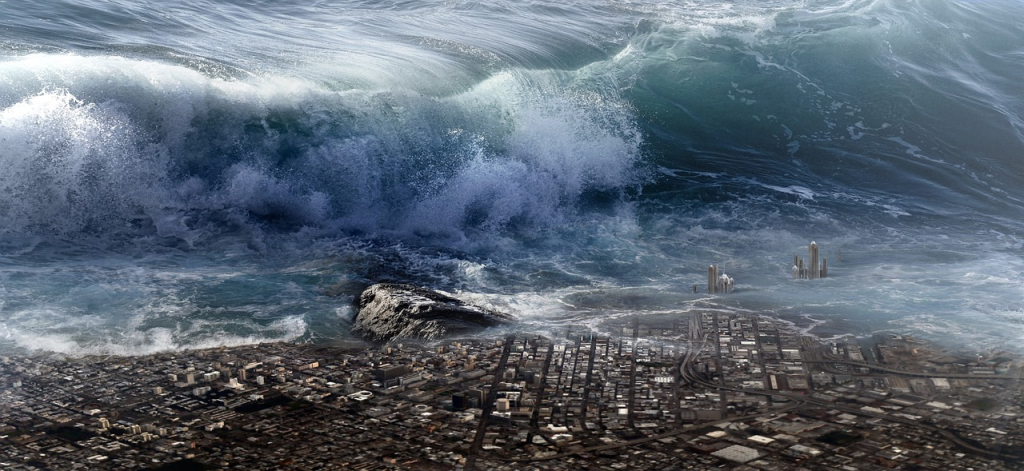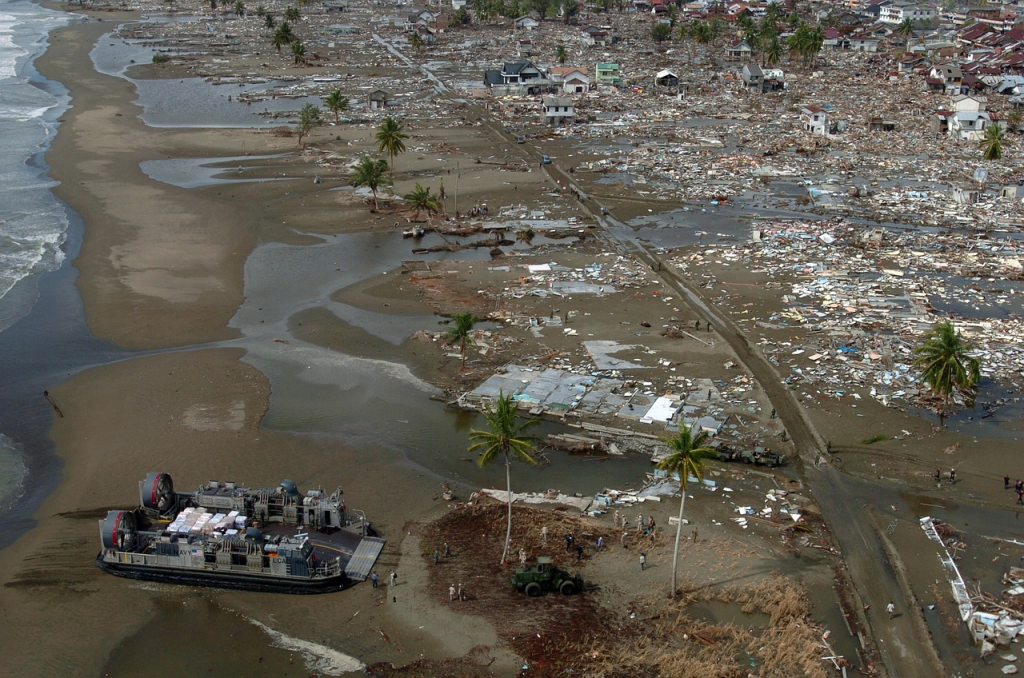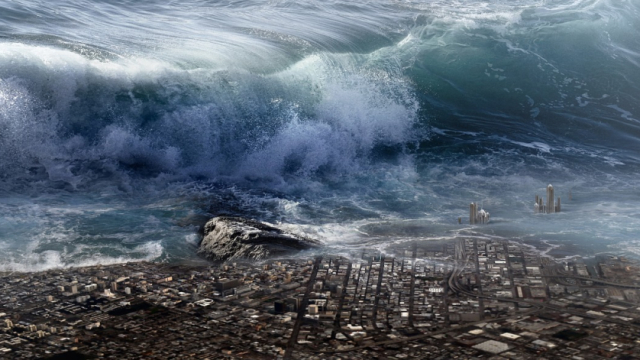The devastating Indian Ocean tsunami of 2004 remains etched in our collective memory as one of the deadliest natural disasters in recorded history. Triggered by a powerful undersea earthquake, it unleashed a catastrophic series of waves that wreaked havoc across numerous countries bordering the Indian Ocean. Here are five crucial facts that shed light on the enormity and impact of this tragic event:

1. Magnitude and Epicenter in 2004 Tsunami
The earthquake that instigated the tsunami occurred on December 26, 2004, off the western coast of northern Sumatra, Indonesia. With a staggering magnitude of 9.1 to 9.3, it ranks as one of the most powerful quakes ever recorded. The epicenter lay beneath the Indian Ocean, approximately 160 kilometers (100 miles) west of northern Sumatra.
2. Devastating Waves in 2004 Tsunami
Following the seismic rupture, colossal waves radiated outward in all directions, reaching heights that surpassed 100 feet (30 meters) in some areas. The tsunami waves, traveling at incredible speeds of up to 500 miles per hour (800 kilometers per hour), slammed into the coastlines of 14 countries, causing widespread destruction.

3. Enormous Human Toll in 2004 Tsunami
The human toll of the 2004 tsunami was catastrophic. Over 230,000 people lost their lives across the affected nations, and countless more suffered severe injuries and displacement. Indonesia bore the brunt of the disaster, accounting for the majority of casualties, followed by Sri Lanka, India, Thailand, and several other countries.

4. Global Response and Humanitarian Aid
The scale of the tragedy prompted an unprecedented global humanitarian response. Countries, international organizations, and countless individuals rallied to provide aid and support to the affected regions. Relief efforts included medical assistance, food and water supplies, infrastructure rebuilding, and long-term rehabilitation programs aimed at helping communities recover and rebuild their lives.
5. Environmental and Societal Impact
Beyond the immediate loss of life and infrastructure damage, the 2004 tsunami had long-lasting environmental and societal consequences. Coastal ecosystems were disrupted, and the livelihoods of thousands who depended on fishing and tourism were severely affected. The disaster also highlighted the importance of early warning systems and disaster preparedness in vulnerable regions prone to such natural calamities.
Reflecting on Lessons Learned from 2004 Tsunami
The 2004 Indian Ocean tsunami serves as a somber reminder of the unpredictable and destructive power of natural disasters. It underscored the necessity for improved disaster preparedness, early warning systems, and international cooperation to mitigate the impact of future catastrophes. While significant progress has been made in disaster risk reduction since then, the event continues to influence policies and strategies aimed at ensuring the safety and resilience of communities worldwide.
As we remember the lives lost and the widespread devastation caused by the 2004 tsunami, let us honor their memory by striving for a more resilient and prepared world in the face of natural disasters.

